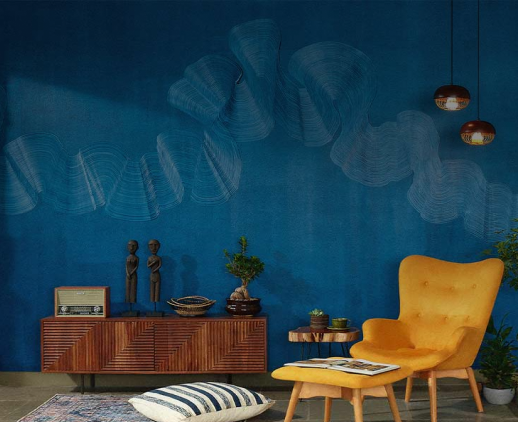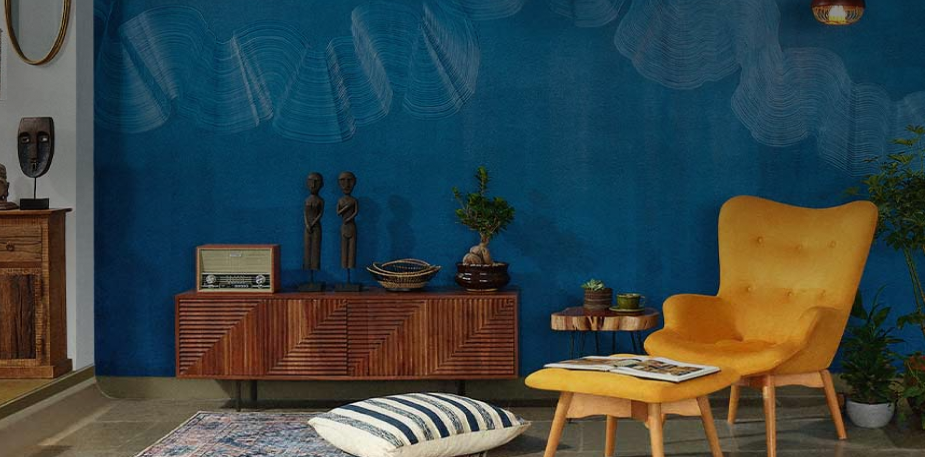-
Design Ideas
Living Room Designs Modular Kitchen Designs Bedroom Designs Bathroom Designs Dining Room Designs Pooja Room Designs Study Room Designs Balcony Designs Wardrobe Designs False Ceiling Designs Home Office Design Crockery unit Design Tile Designs Bed Designs Flooring Designs Foyer Designs TV Unit Designs
- Offering
- Testimonials
-
Budget Calculator

-
Discover your Design Style

- Design Guide
- By City
Looking for expert guidance to design your
Leave your information and we will call you to book your preferred consultation slot
Lessons from the life of Laurie Baker, the Gandhi of Architecture

What strikes the eye at first glance are the curves... and the sense of breezy lightness which emanates from them, thanks to a series of small openings which provide ventilation to the interior—natural air-conditioning. The buildings of Laurie Baker, an architect from Birmingham (England) who spent the vast majority of his life in Kerala and eventually became an Indian citizen, intrigue and inspire a strange curiosity in the 21st Century.
This Methodist Protestant, who passed away in 2007 at the ripe age of 90, was a pioneer of what is now called sustainable architecture. Baker was interested in limiting the use of reinforced concrete to its bare minimum since the very beginning of his career. Throughout his practice, he preferred to foreground organic and artisanal materials, eventually showing a particular affinity for terracotta bricks.
Today, hordes of students throng the Laurie Baker Center for Habitat Studies, a set of studios in the forested hamlet of Vilappilsala on the hills that border Thiruvananthapuram, to learn from the know-how of the Master. On-site, enthusiastic teachers take blatant pleasure in transmitting the legacy of the so-called Gandhi of Architecture and his famed obsession with frugal methods.

Laurie Baker was interested in limiting the use of reinforced concrete to its bare minimum since the very beginning of his career.

Designed by Laurie baker, the library tower at the Centre for Development Studies, Kerala.
Pioneer Of Organic Architecture
Long before the specter of global warming had started haunting people around the world, Baker saw the necessity of preserving nature by designing energy-efficient buildings. It is this which inspired the Double Skins and the openings on the external walls of his structures which help avoid air-conditioning. It also explains why Baker banished concrete from his constructions. The substance has cement as its main component—one of the most energy-hungry of building materials!
From a distance, one can spot a lot of vegetal matter on Baker's buildings—skillfully-arranged coconut leaves or even bamboo dot the edifices. It isn't difficult to imagine his contemporaries whispering against his ideas in an era which is often called the Golden Age of Reinforced Concrete. Or even their jealousy! Baker was smart and knew how to take advantage of the Marxist leaders of Kerala who were obsessed with low-cost social housing projects.
One Brick At A Time
The architect applied his principles for the first time to a small house in the center of Trivandrum. One can still visit the structure, drowned in vegetation and wedged between two modern buildings that seem ready to swallow it whole. The old couple who have been living there for more than five decades assure us that they have never spent a single rupee on its upkeep. It stands thanks to the simplicity of its construction! In Benedict Nagar, the Bishop of the city—and a friend of the family who had given Baker a piece of land to construct his own house—talks fondly of the hillside cottages which the architect's descendants share today with

A residence built by Laurie completely out of exposed brisks and mortar.
the Scientific and Technological Center for Rural Development (Costford). It is this association that maintains the legend of the migrant Baker who had discovered India by chance, thanks to a stopover of his liner whilst returning from China in 1945. Another little gem which stands in testament to the architect's genius is Pallikoodam, once known as Corpus Christi, the school in Kottayam that was built for the educator Mary Roy—a women's rights activist and the mother of the writer Arundhati Roy. When Mrs. Roy approached him, Baker agreed to take on the project without charge, but for a seat for his daughter Heidi at the school. Mrs. Sneha Zachariah, former Vice-Principal of the school, remembers the architect during the site visit. “We walked the whole 5 or 6 acres, and he fell for the greenery and the ambience. He said it was a wonderful place for children to learn and enjoy nature. He said the life of the building should never exceed 30 years, but of course we’ve gone way beyond that. It’s been 48 years since the school was built,” she says.

Designed by Laurie baker, the library tower at the Centre for Development Studies, Kerala.
Baker's masterpiece undoubtedly is the Center for Development Studies (CDS), a research facility in Ulloor—a neighborhood located in the heart of the capital of Kerala, which was founded in 1973. CDS is a lush university campus replete with classrooms, amphitheaters, a canteen, and wavy-fronted student rooms. Baker was not fond of straight lines and loved "imitating nature"; the structures are mostly illuminated by indoor skylights and dotted with small water bodies which invite refreshing drafts of cool air.
Perhaps the best way to appreciate Baker's foresight is to take a moment and drink a cup of black coffee at the Indian Coffee House in Trivandrum. The black marble tables here are spread out along an ascending spiral. Winter or summer, the breeze flows across the building through thousands of triangular openings dotting the outer wall. An apt location for delicious moments.

Get Started with your interior design journey with us!
Speak to our design professionals
What’s the status of your home possession?
What’s the condition of your home/space?
Will you be living in your space during the renovation?
 Previous Question
Previous Question
Is your interior design budget over 4 lakhs?
 Previous Question
Previous Question
Book next available appointment slots with our experts!
Please Select Date and Day
 Previous Question
Previous Question

Something went wrong!
We were unable to receive your details. Please try submitting them again.

Appointment Scheduled!
Thank you for giving an opportunity to Asian Paints Beautiful Homes Service! Our Customer Experience Specialist will get in touch with you soon.
Appointment Date & time
Thank You!
Our team will contact you for further details.
What’s the status of your home possession?
What’s the condition of your home/space?
Will you be living in your space during the renovation ?
 Previous Question
Previous Question
Is your interior design budget over 4 lakhs?
 Previous Question
Previous Question
Book next available appointment slots with our experts!
DEC 2023
Please Select Date and Day
 Previous Question
Previous Question

Something went wrong!
We were unable to receive your details. Please try submitting them again.

Appointment Scheduled!
Thank you for giving an opportunity to Asian Paints Beautiful Homes Service! Our Customer Experience Specialist will get in touch with you soon.
Appointment Date & time
17 Oct 23, 03.00PM - 04.00PM

















